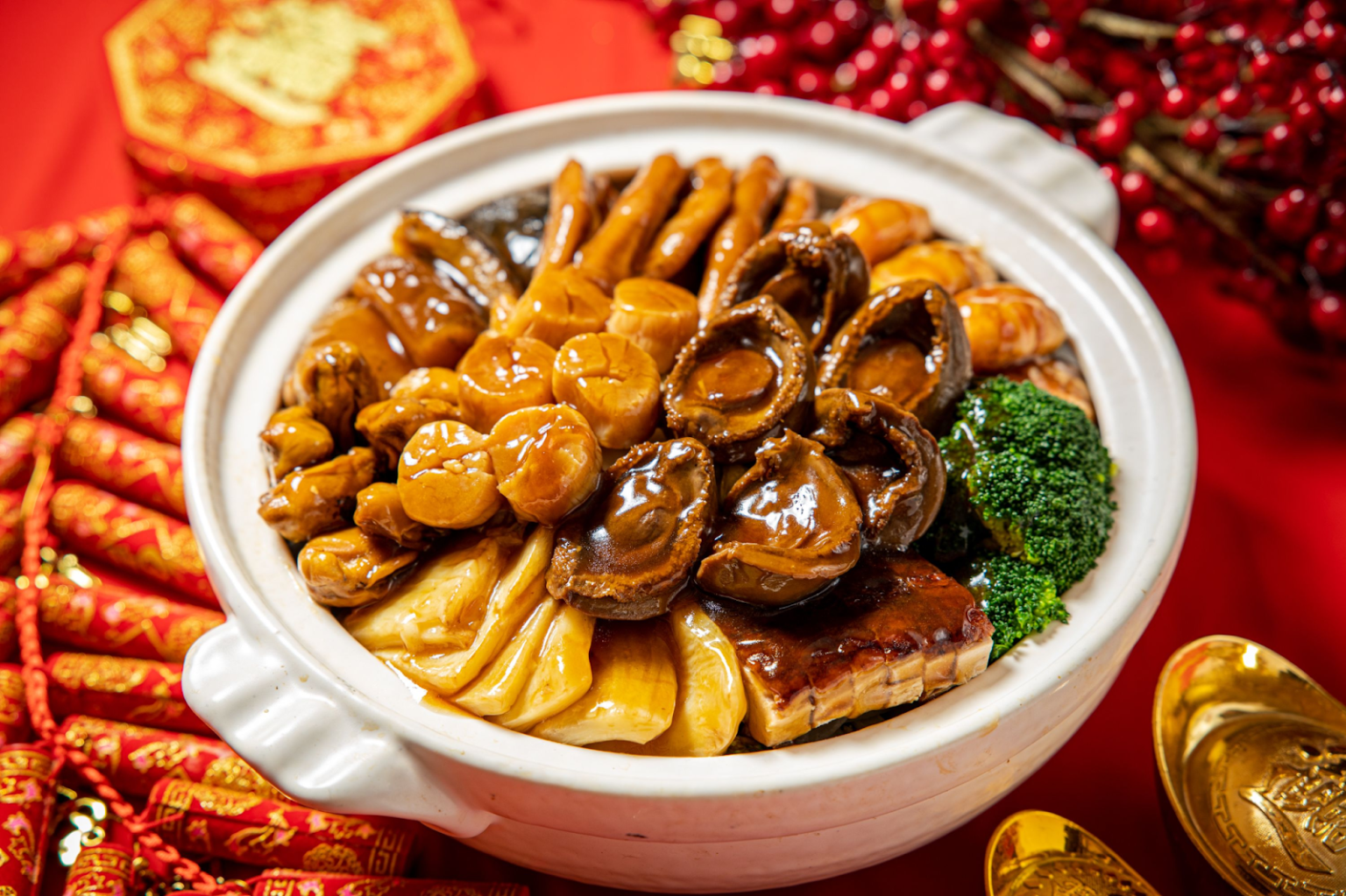Chinese New Year, also called the Spring Festival, is a time of joyful celebration, rich cultural significance, and delicious culinary customs. At the heart of these festivities are essential foods with symbolic meanings, symbolizing wishes for prosperity, abundance, and good fortune in the upcoming year. From timeless traditional dishes to regional favorites, Chinese New Year cuisine unites families, bringing auspicious flavors and cherished traditions to welcome the new lunar year.
1. Fish (Yu 鱼)
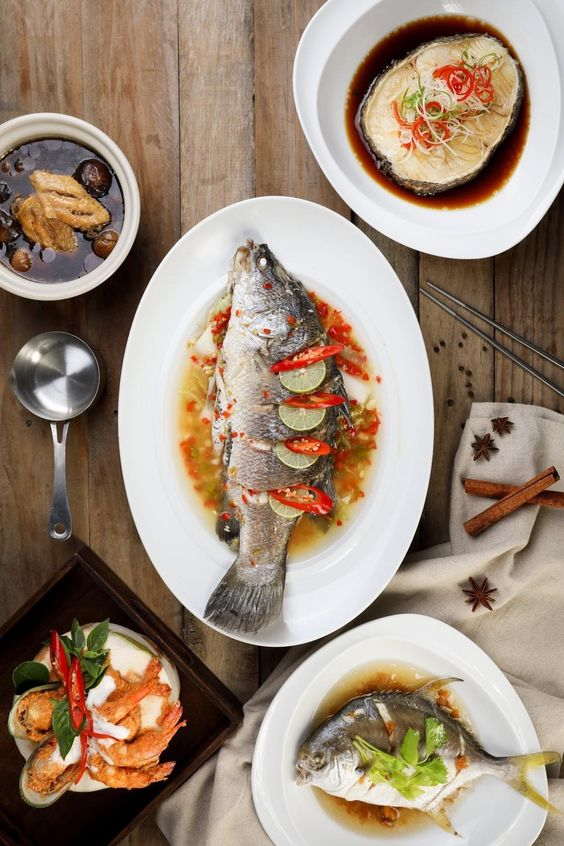
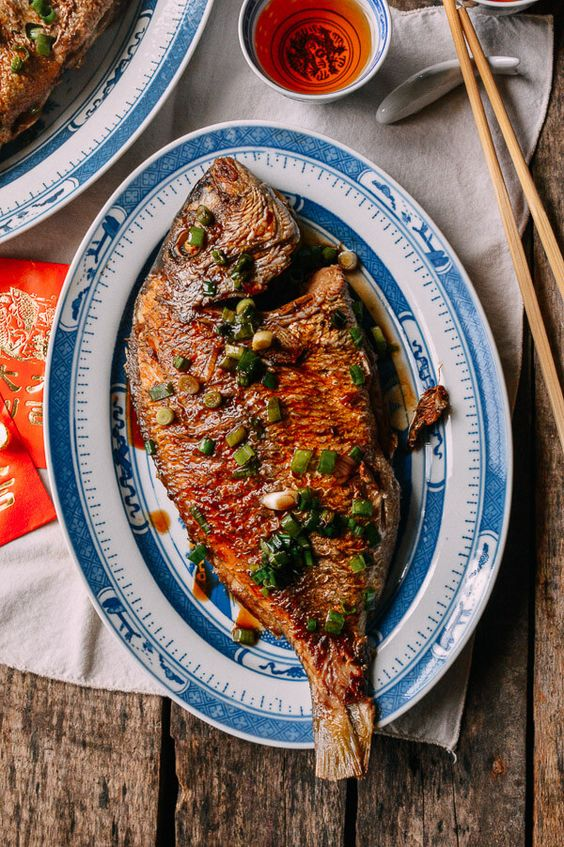
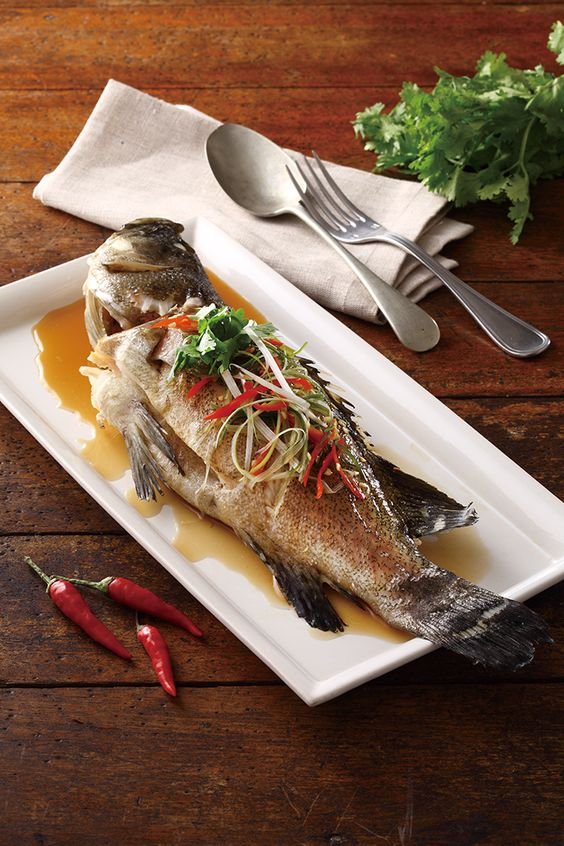
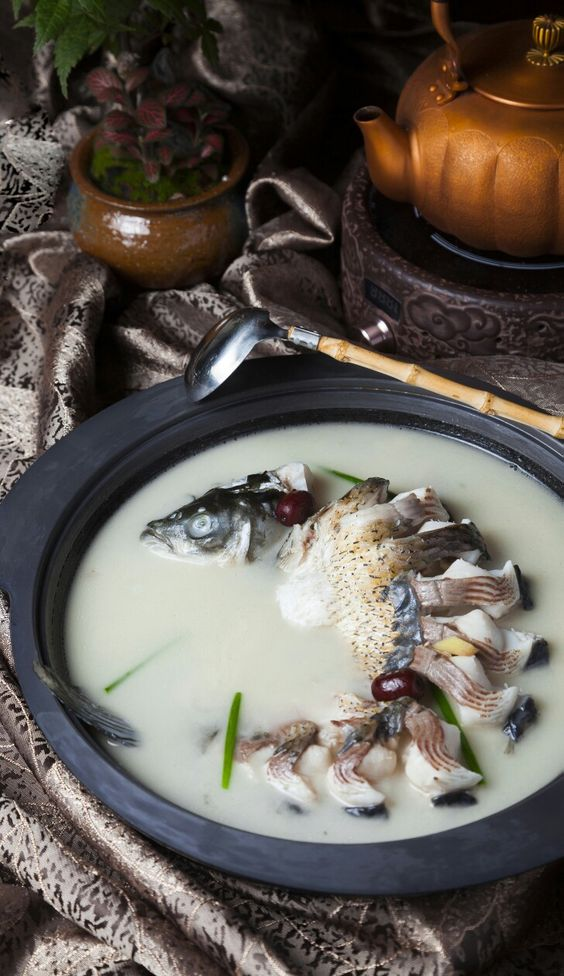
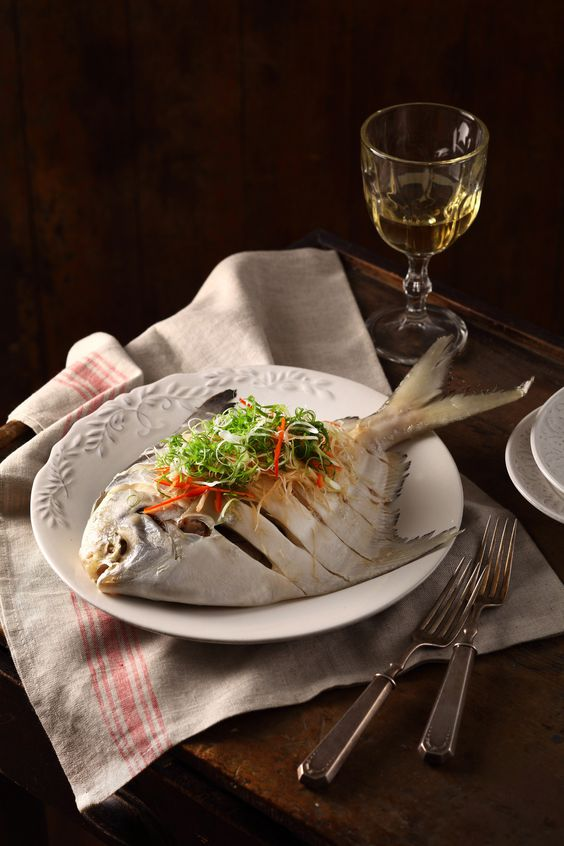
A whole fish, typically steamed or braised, is a must-have dish during the festival, as it symbolizes abundance and prosperity. The Chinese word for fish, “Yu,” sounds like the word for surplus or abundance, representing hopes for a surplus of wealth and good fortune in the coming year.
2. Nian Gao (Sticky Rice Cake 年糕)
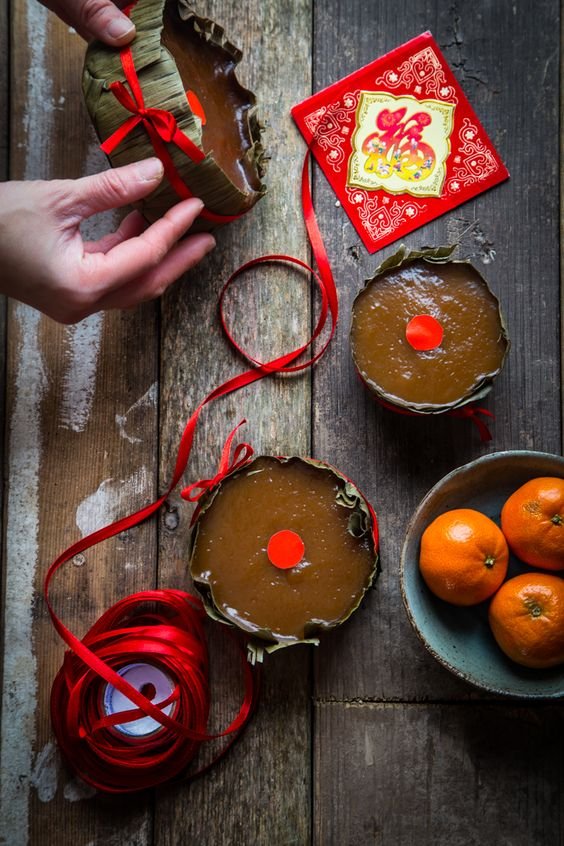
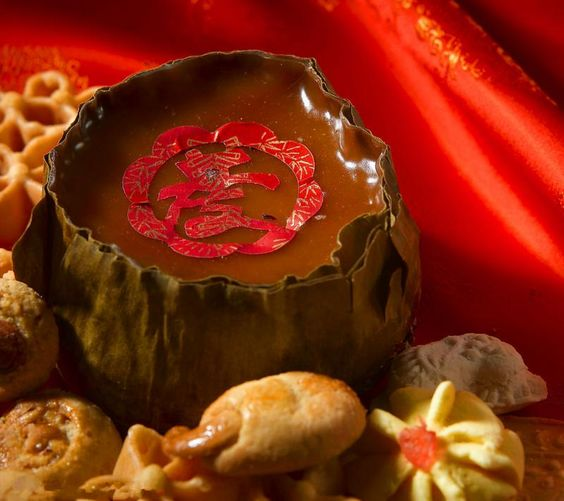
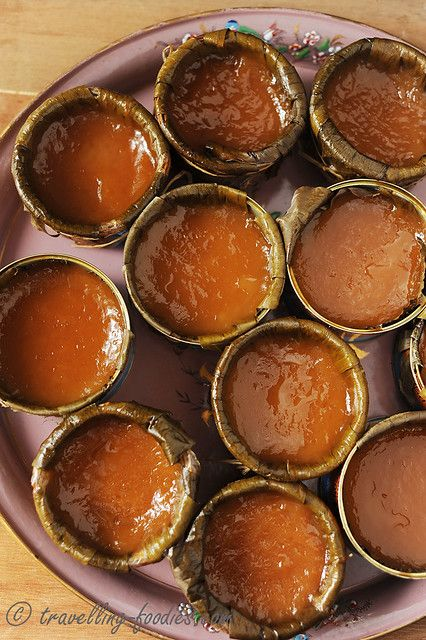
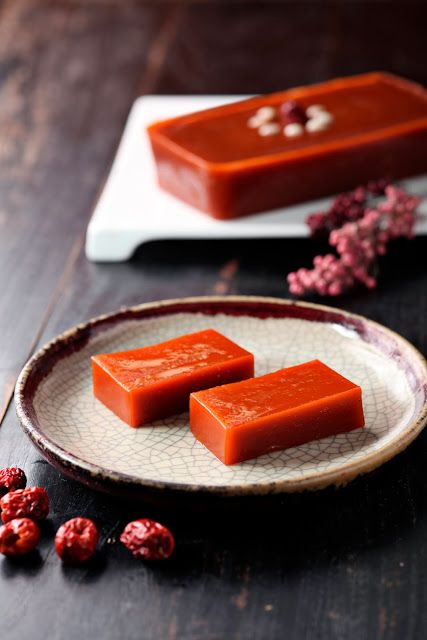
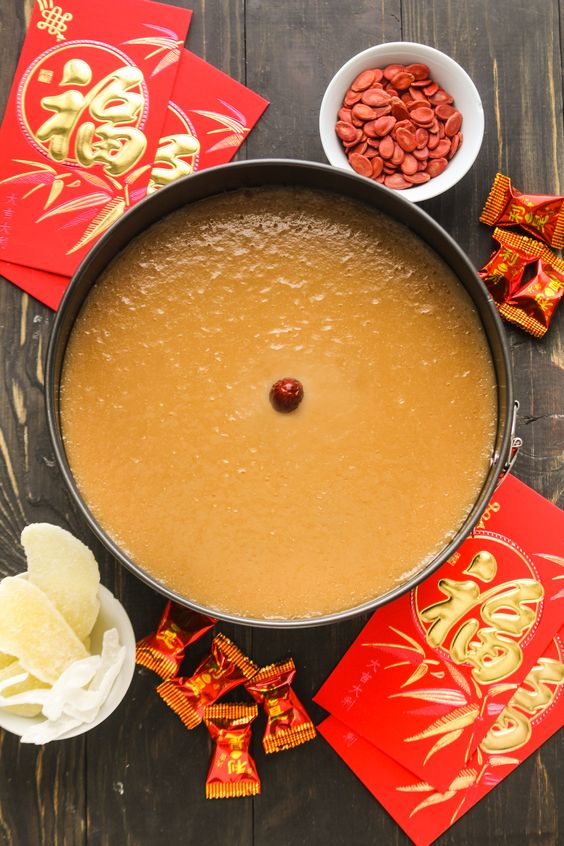
Nian Gao, a sticky rice cake, is a quintessential Chinese New Year delicacy believed to bring good luck and prosperity. The word “Nian” in Nian Gao sounds like “year” in Chinese, while “Gao” sounds like “tall” or “high.” These linguistic connections symbolize growth, progress, and the promise of a higher position or income in the new year.
3. Tangerines and Oranges (Juzi and Ganju 橘子和柑橘)
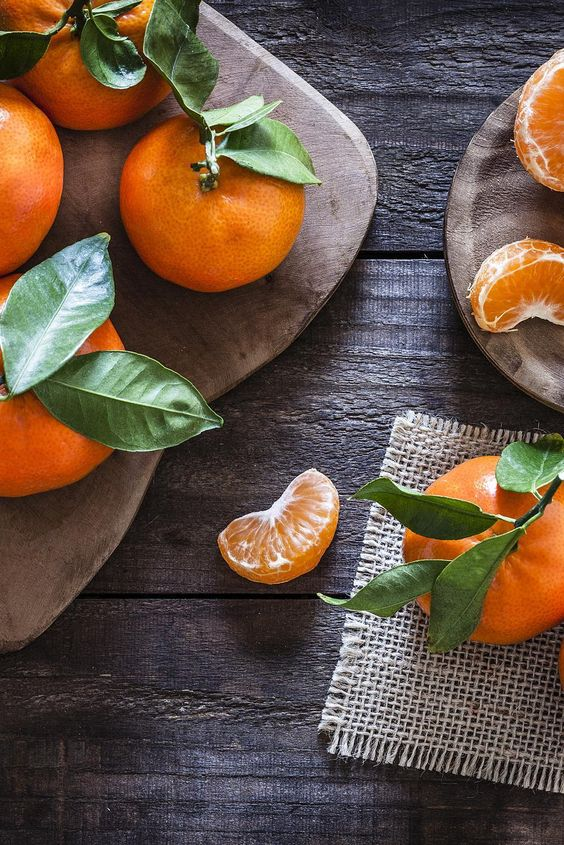
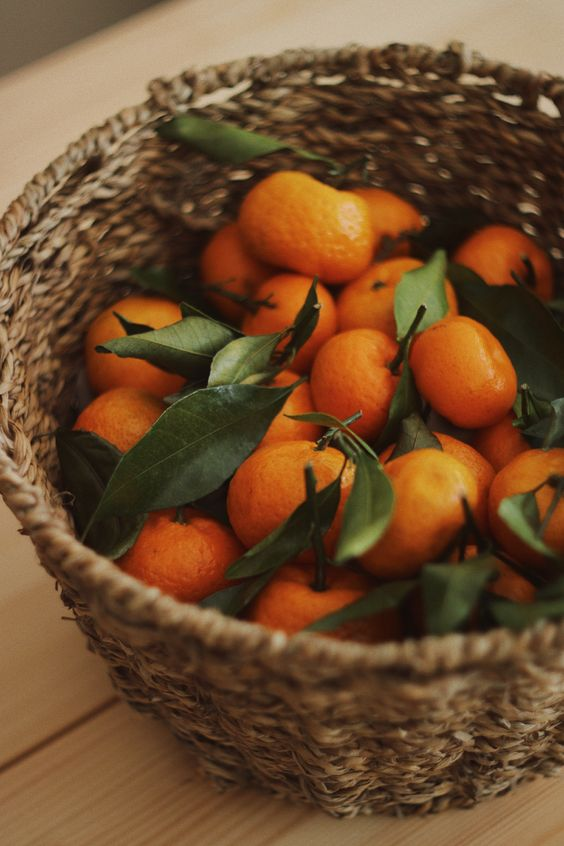
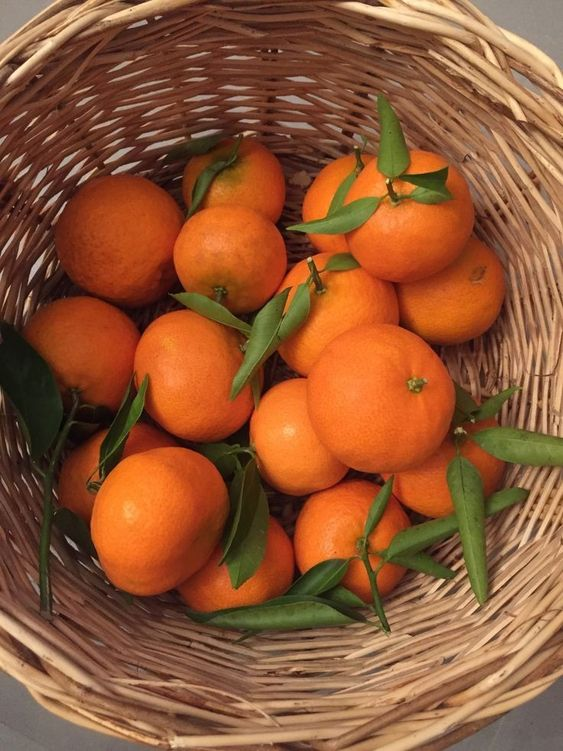
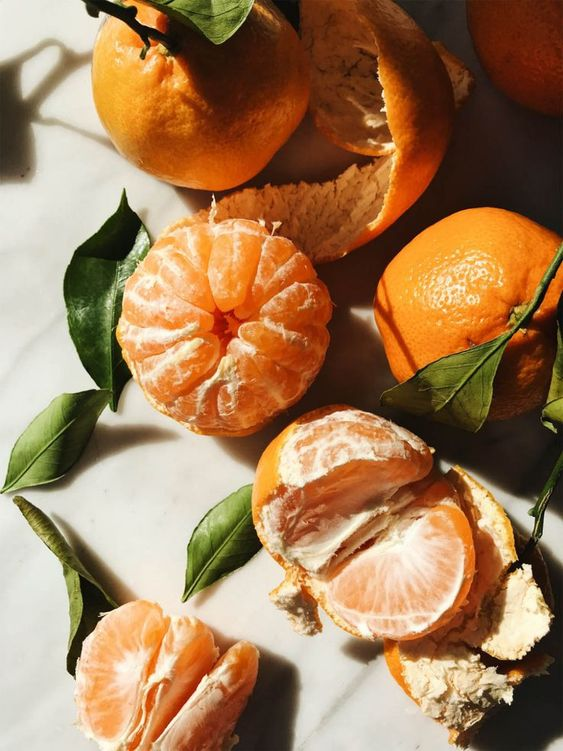
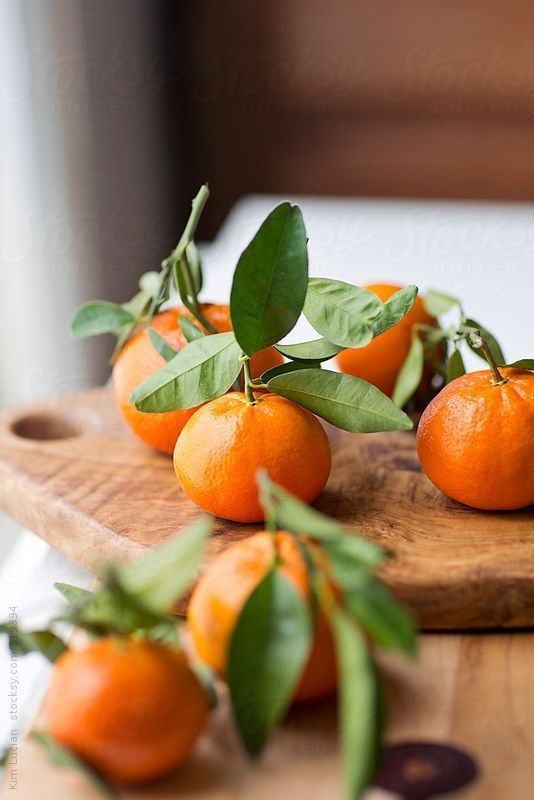
During Chinese New Year, people exchange tangerines and oranges for luck and wealth. They attribute their round shape and vibrant color to symbolize prosperity. Additionally, their Chinese names, Juzi and Ganju, sound like “luck” and “wealth,” further symbolizing prosperity.
4. 盆菜 (Poon Choi)
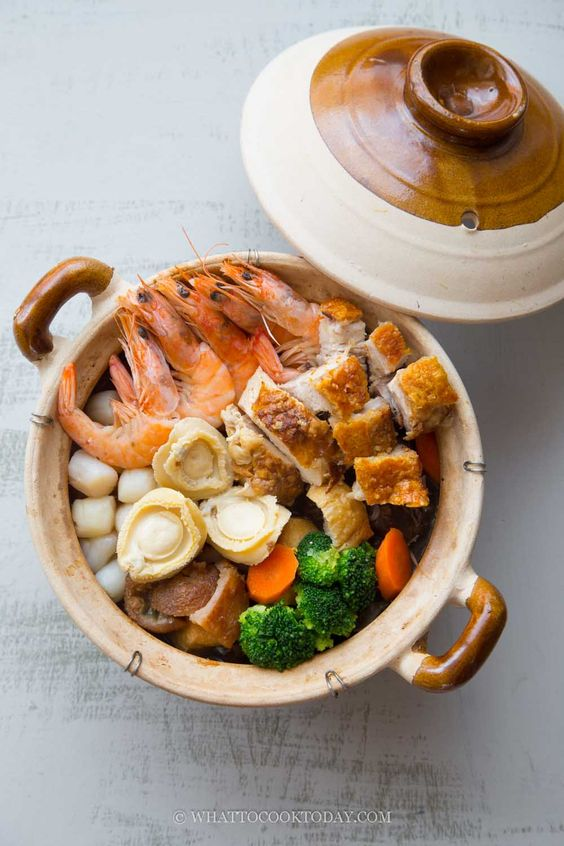
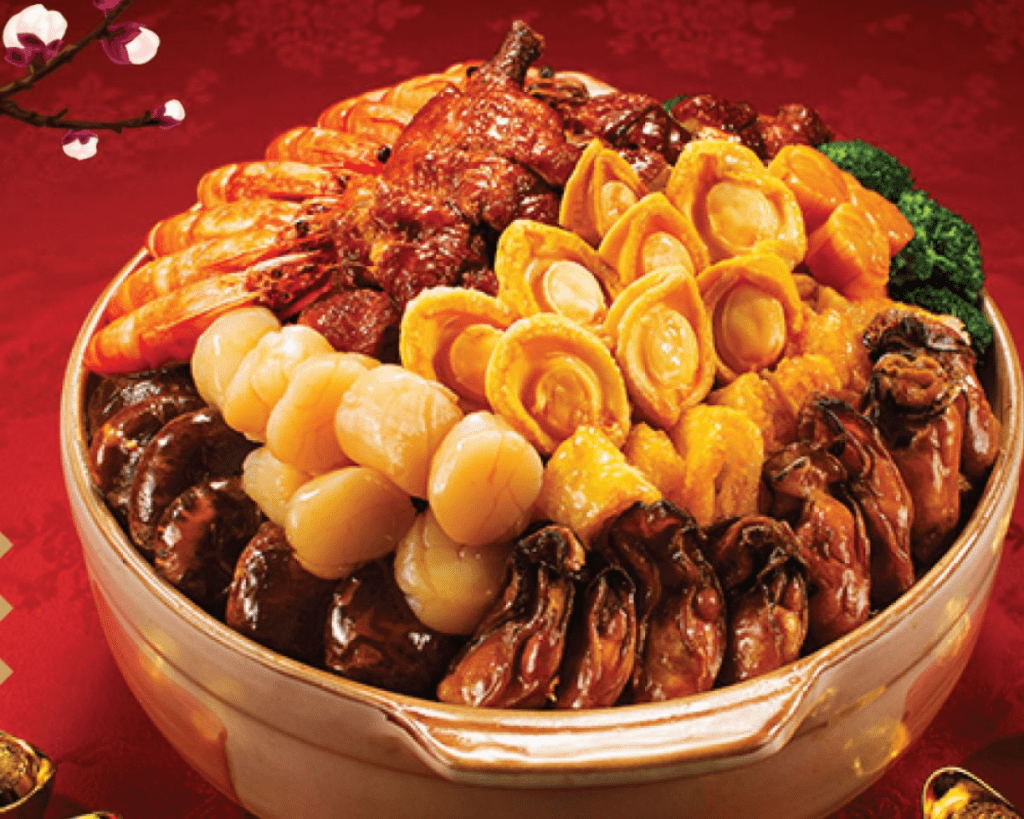
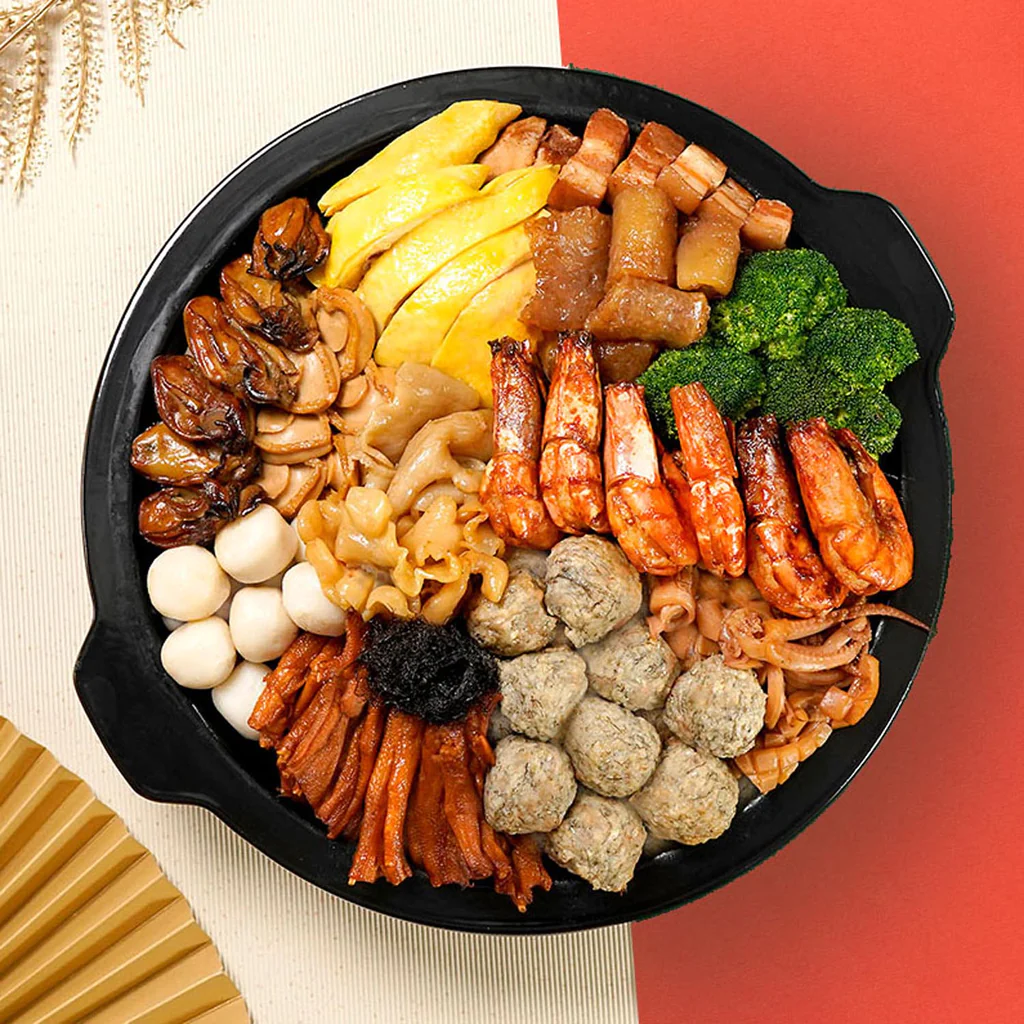
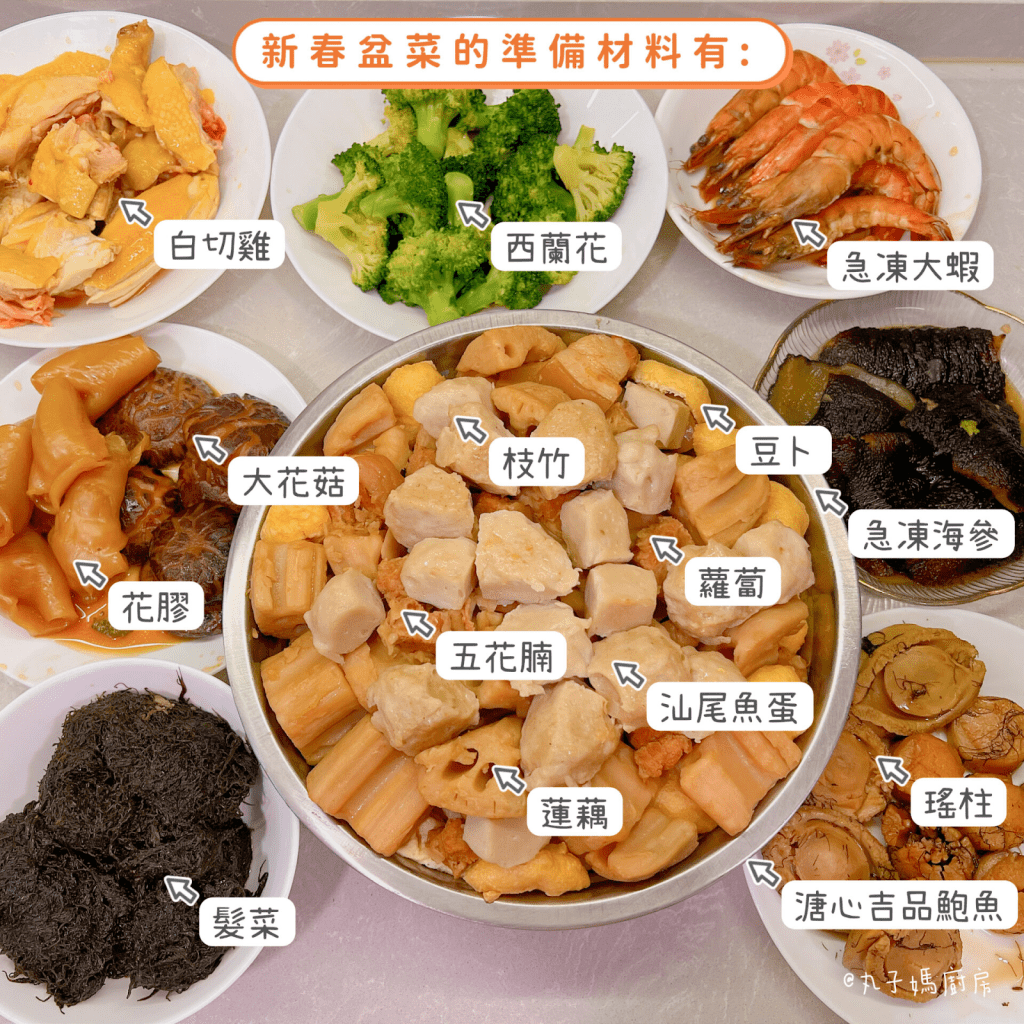
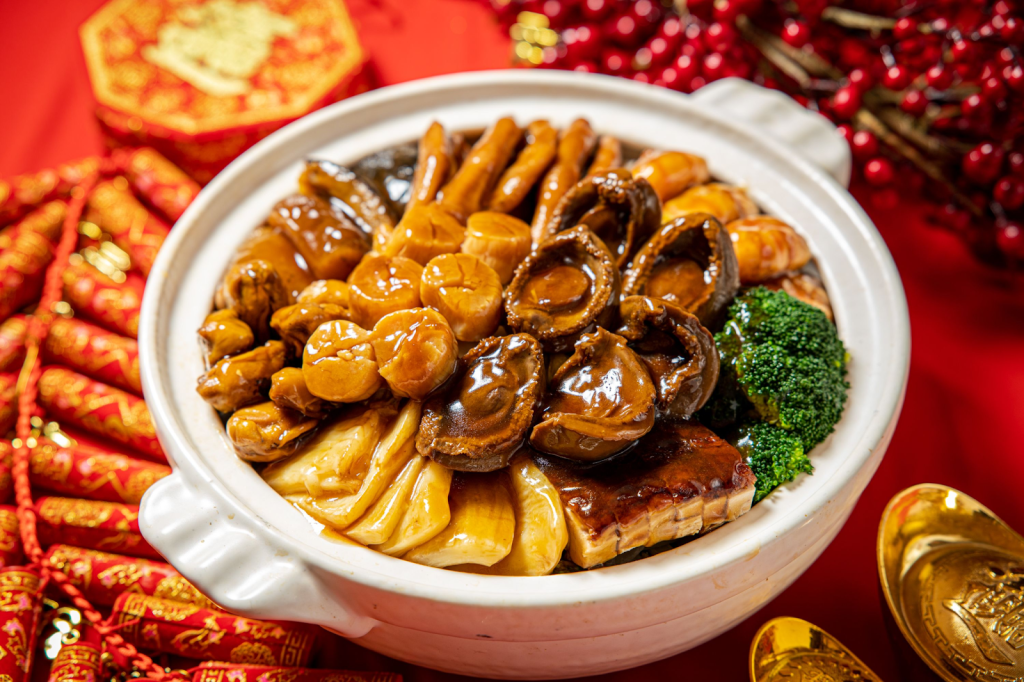
盆菜 (Pén Cài), also known as “Poon Choi” in Cantonese, is a traditional Chinese dish that originated from the Hakka community in southern China. This communal dish, traditionally prepared for festivals and celebrations, has become a signature dish in Cantonese cuisine.The name “Pén Cài” translates to “basin vegetables” or “basin dish” in Mandarin, which refers to the large basin-like container used to serve the dish.
5. 捞生 (Lāo Shēng)
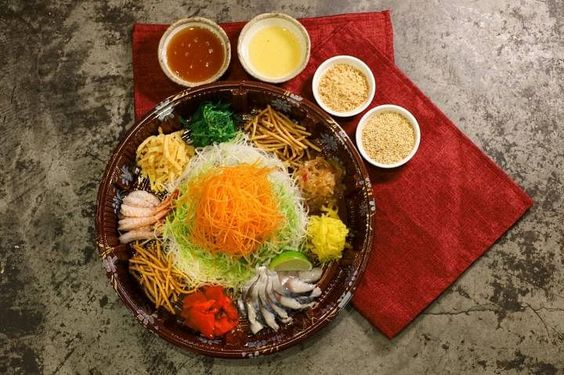
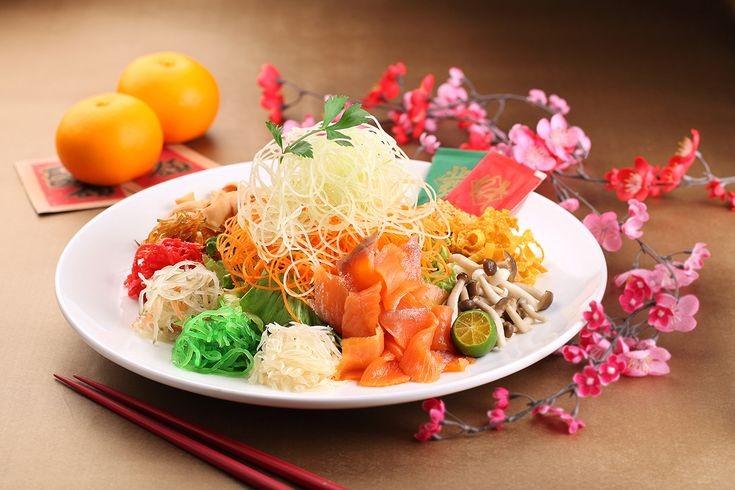
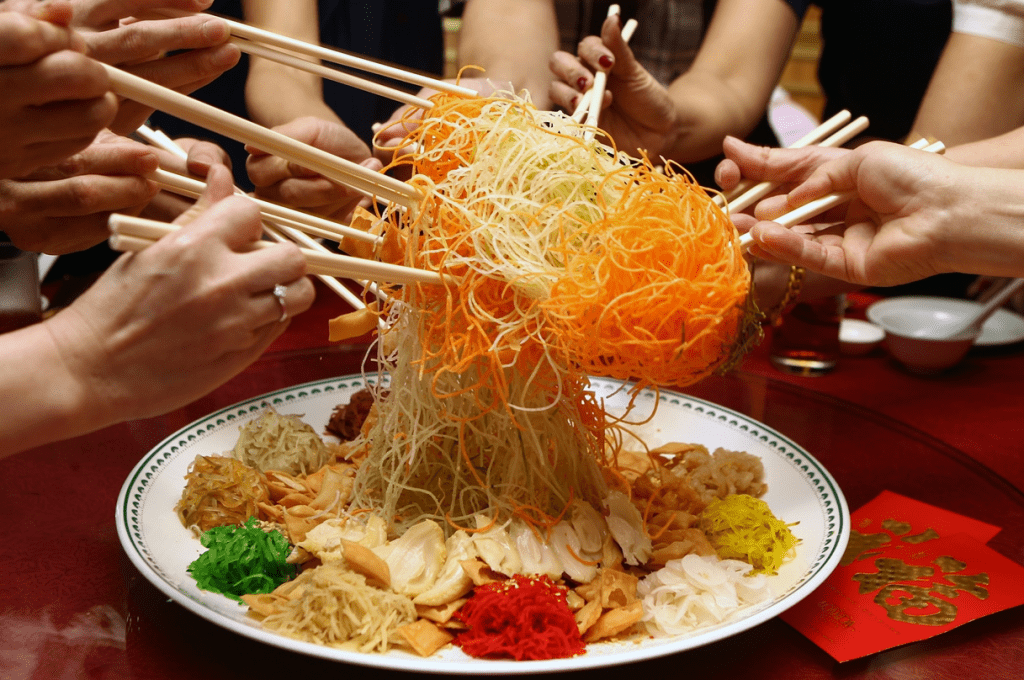
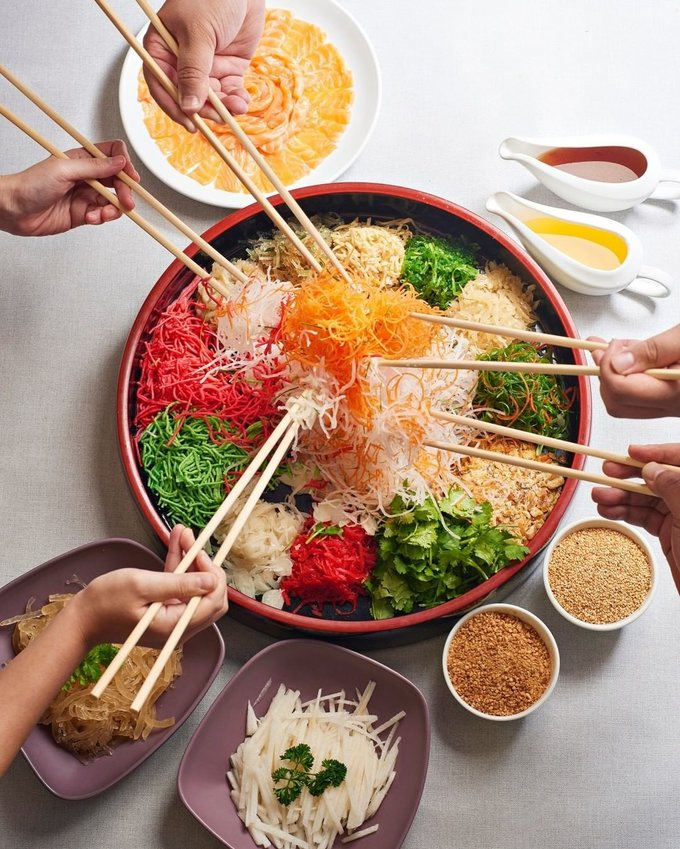
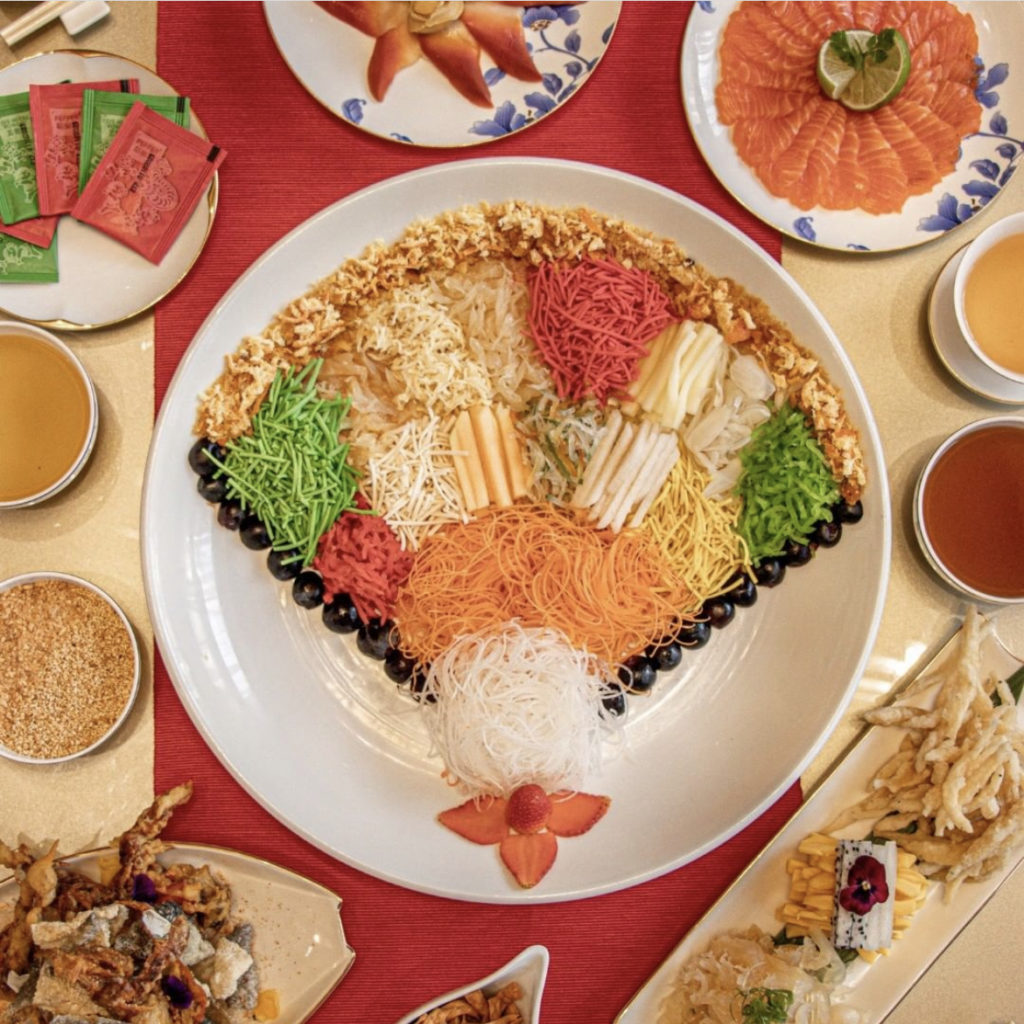
捞生 (lāo shēng), also known as “Yee Sang” in Cantonese, is a traditional Chinese New Year dish that is popular in Malaysia, Singapore, and other parts of Southeast Asia. Characterized by its colorful and vibrant nature, this dish is typically enjoyed as part of the Chinese New Year celebrations.



